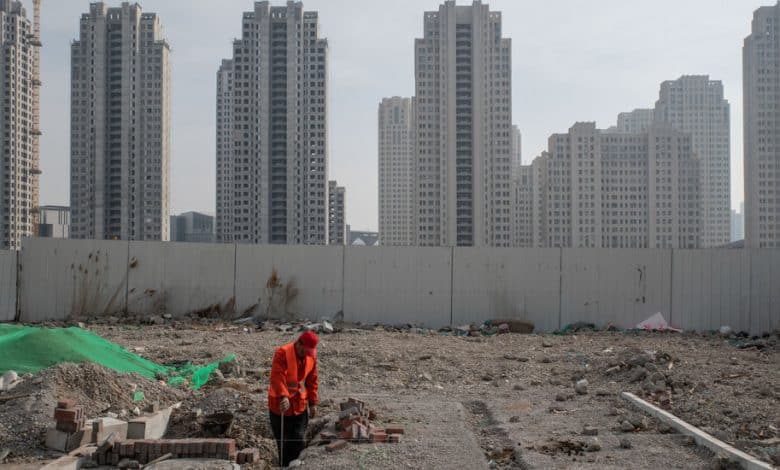China’s Cities Are Sinking Below Sea Level, Study Finds

As China’s cities grow, they are also sinking.
An estimated 16 percent of the country’s major cities are losing more than 10 millimeters of elevation per year and nearly half are losing more than 3 millimeters per year, according to a new study published in the journal Science.
These amounts may seem small, but they accumulate quickly. In 100 years, a quarter of China’s urban coastal land could sit below sea level because of a combination of subsidence and sea level rise, according to the study.
“It’s a national problem,” said Robert Nicholls, a climate scientist and civil engineer at the University of East Anglia who reviewed the paper. Dr. Nicholls added that, to his knowledge, this study is the first to measure subsidence across many urban areas at once using state-of-the-art radar data from satellites.
Subsidence in these cities is caused in part by the sheer weight of buildings and infrastructure, the study found. Pumping water from aquifers underneath the cities also plays a role, as do oil drilling and coal mining, all activities that leave empty space underground where soil and rocks can compact or collapse.
Beijing is among the places in the country sinking the fastest. So is nearby Tianjin, where last year thousands of residents were evacuated from high-rise apartment buildings after the streets outside suddenly split apart. Within these cities, sinking is uneven. When pieces of land next to each other subside at different rates, whatever is built on top of that land is at risk of damage.
Other countries, including the United States, have similar problems.
“Land subsidence is an overlooked problem that almost exists everywhere,” said Manoochehr Shirzaei, a geophysicist at Virginia Tech who has studied subsidence in American coastal cities using similar methods. Dr. Shirzaei also reviewed the new study on Chinese cities.
